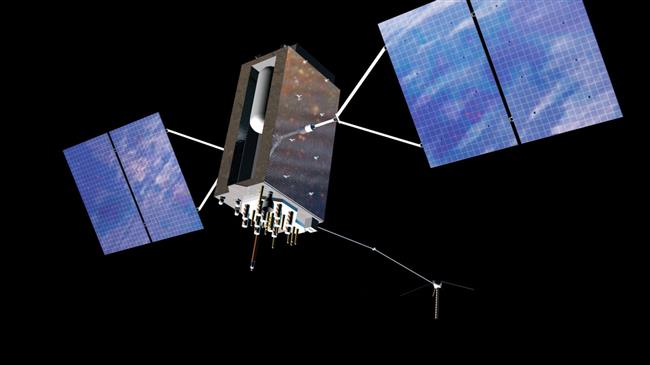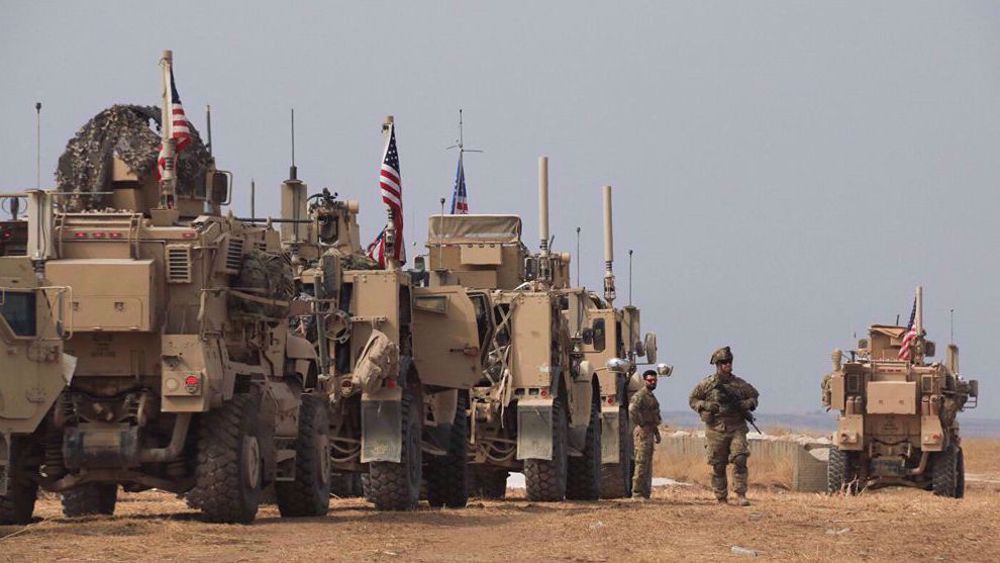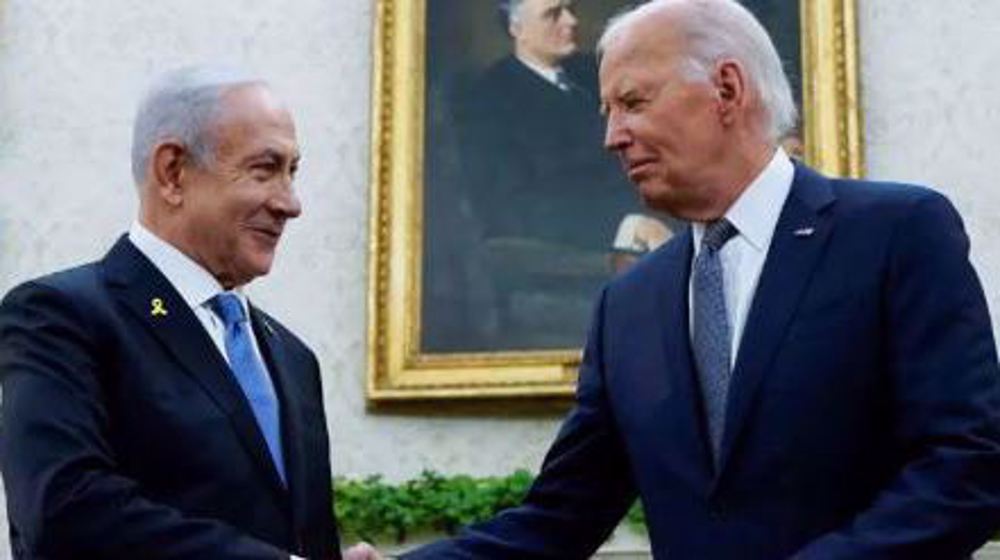US claims Russia just tested an ‘anti-satellite weapon’ in orbit
The US Space Command has claimed that it’s found evidence that Russia recently conducted a test of anti-satellite weapons.
In a statement on Thursday, the US Space Command said a Russian satellite known as Cosmos 2543 on July 15 released a new object into orbit, similar to a previous anti-satellite demonstration in 2017.
The statement described the action as a “non-destructive test of a space-based anti-satellite weapon.”
The object was reportedly released near another Russian satellite.
The statement said that Russia engaged in similar behavior in 2017. The US military described the 2017 activity as a Russian satellite launching a “high-speed projectile,” in a news conference.
"The Russian satellite system used to conduct this on-orbit weapons test is the same satellite system that we raised concerns about earlier this year, when Russia maneuvered near a US government satellite," said Gen. John Raymond, commander of US Space Command and US Space Force chief of space operations.
"This is further evidence of Russia's continuing efforts to develop and test space-based systems, and consistent with the Kremlin's published military doctrine to employ weapons that hold US and allied space assets at risk,” Raymond added.
“We are concerned by the manner in which Russia tested one of its satellites by launching a projectile with the characteristics of a weapon,” Air Vice-Marshal Harvey Smyth, the head of the UK’s space directorate, said in a statement tweeted out by the UK Defense Ministry.
“Actions of this kind threaten the peaceful use of space and risk causing debris that could pose a threat to satellites and the space systems on which the world depends.”
The US accusation was first reported by Time on Thursday morning.
The US Space Command in February also accused the Russian satellite of shadowing a US satellite in a “disturbing” manner.
In the wake of an announcement by Washington about plans to deploy weapons to space, Russia warned in February that the United States would deal an irreversible blow to the existing security balance in space.
General John “Jay” Raymond, commander of the newly minted US Space Force, claimed in February that a pair of Russian spacecraft had been allegedly shadowing a multi-billion-dollar American spy satellite hundreds of kilometres above the Earth’s surface the previous month.
He said what Russia had done was “unusual and disturbing,” adding that he had conveyed Washington’s concerns in this regard to Moscow through diplomatic channels.
The US Space Force, for which the administration of President Donald Trump requested 15 billion dollars in its budget proposal, is the first new military service since the US Air Force was established in 1947, two years after the conclusion of the World War II.
According to Raymond, in mid-January Russia’s satellites of Cosmos 2542 and Cosmos 2543 were allegedly sidling near the US state-of-the-art satellite, identified as USA 245, known to space experts as a KH-11.
In response, Russia’s Foreign Ministry rejected Washington’s claim that Russian satellites were tailing the American space machine, stressing that the Russian satellites were not weapons, but rather “inspector” spacecraft engaged in an “experiment.”
“We would like to point out that the movement of our spacecraft did not pose a threat to the US satellite and, most importantly, did not violate any norms and principles of international law,” the ministry stated.
It also lambasted Washington’s idea of deploying weapons to space, which could trigger a new era of arms race in space, stressing that Moscow did not have plans to solve problems in space using weapons.
How US abuses its UN veto power to enable Israel’s genocidal war on Gaza
Iran refutes US, UK accusations over Ukraine war, West Asia conflicts
Pakistani town erupts in protest after terrorists kill scores of Shia Muslims
US senator threatens ICC with military action over Netanyahu sentence
Iran: ICC indictment of Netanyahu should have included 'genocide'
VIDEO | IAEA anti-Iran resolution
Iran urges pope to help end Israeli onslaught in Gaza
VIDEO | ICC's warrant against Netanyahu











 This makes it easy to access the Press TV website
This makes it easy to access the Press TV website